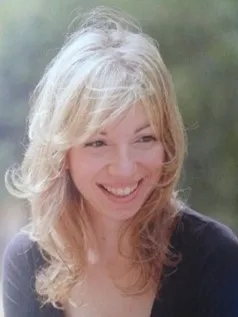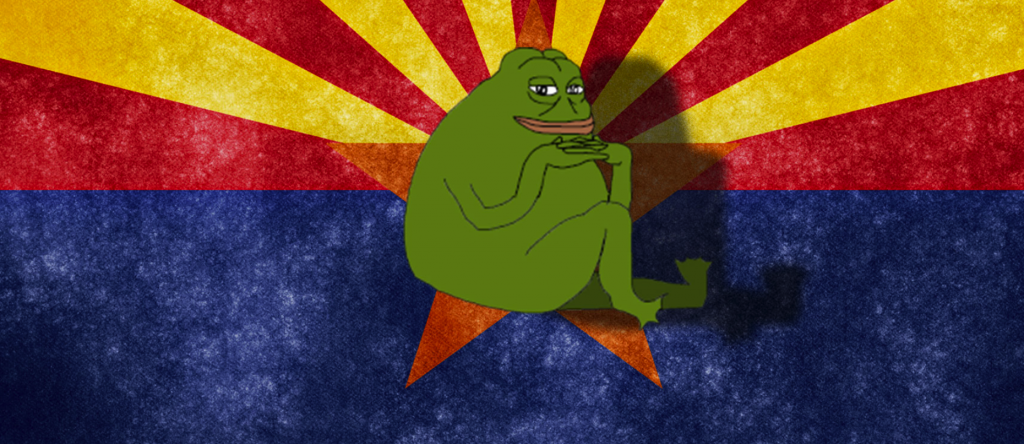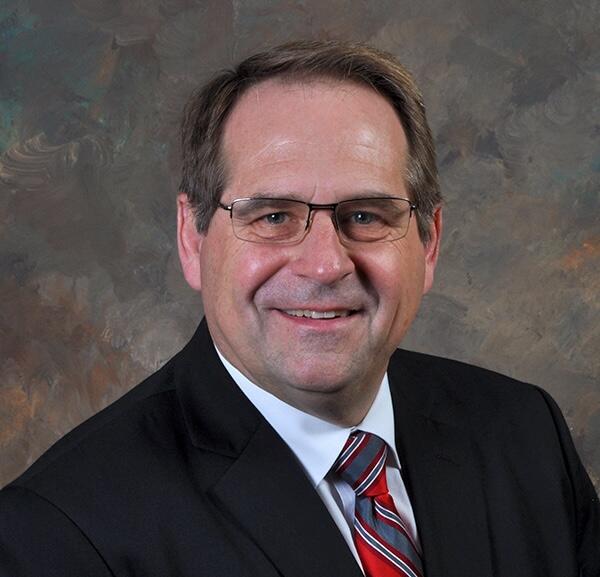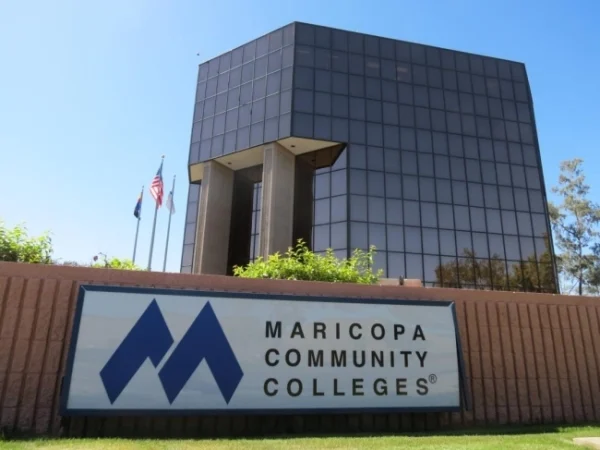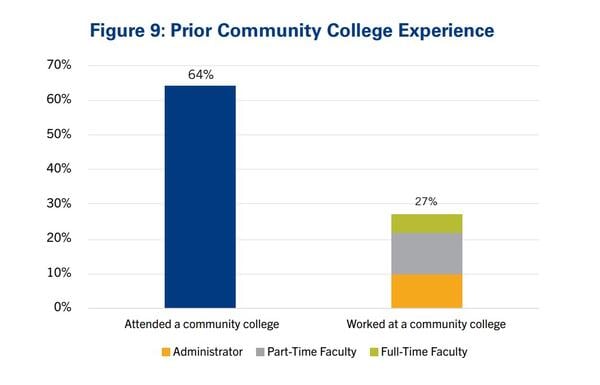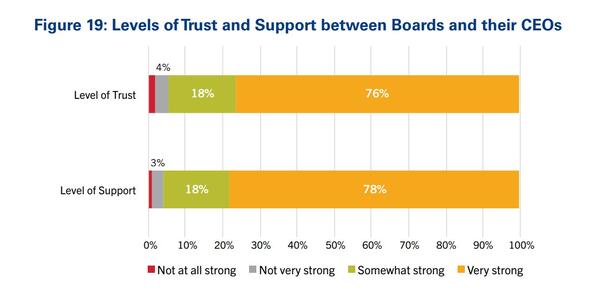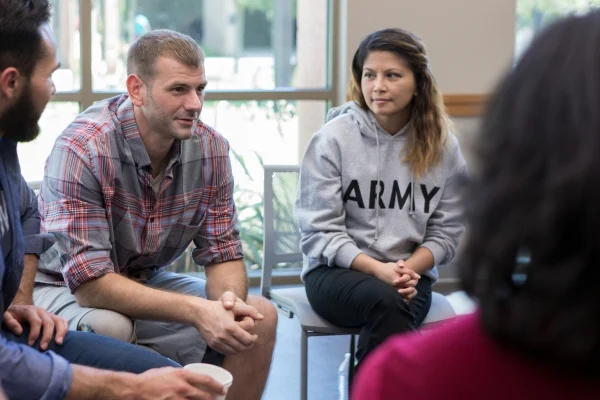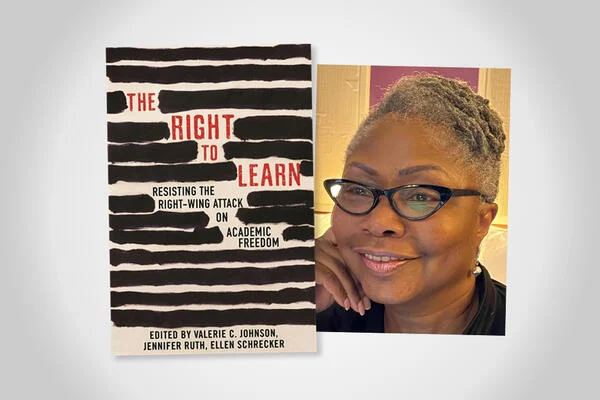Across higher education, student support systems are often built for institutions, not for students. As a result, many learners encounter a maze of disconnected services that feel reactive, impersonal, or inaccessible. For students already balancing work, caregiving, and financial pressures, this fragmentation can be the difference between staying enrolled and stopping out.
As Chief Academic Officer, I’ve seen how crucial it is to align support structures with academic goals and student realities. Institutions must move beyond piecemeal solutions and instead design holistic ecosystems that prioritize student experience, equity, and completion from the start. That means leveraging data, embracing design thinking, and fostering cross-campus collaboration.
Where fragmentation undermines student outcomes
Many institutions approach support through isolated units: advising, student success, IT, and academic departments each operating in silos. The result is a disjointed experience for students, where important information is delayed or missed altogether. Without a unified view of the student journey, opportunities for early intervention or personalized support fall through the cracks.
This fragmentation disproportionately affects students from historically underserved backgrounds. When support isn’t accessible or timely, those with less institutional knowledge or fewer resources are more likely to disengage.
Disconnected systems can lead to:
- Missed early warning signs
- Delayed or generic interventions
- Frustration from navigating multiple systems
- Lower retention and completion rates
It’s not enough to offer services. It’s crucial to ensure those services are connected, visible, and tailored to real student needs.
In my experience, when institutions treat student support as a set of tasks rather than a strategic function, it limits their ability to make meaningful progress on equity and completion. Students shouldn’t have to navigate a patchwork of websites, offices, and policies to get the help they need. They deserve a system that anticipates their challenges and responds in real time.
What a connected, learner-first ecosystem looks like
A modern support ecosystem begins with data. Institutions need to unify data from across the student lifecycle (from admissions to advising to classroom performance) to create a comprehensive view of each learner. With integrated platforms, faculty and staff can access timely insights to guide interventions and support decisions.
At Collegis, we’ve seen how data-powered ecosystems — supported by platforms like Connected Core® — drive measurable improvement in retention and equity. But technology alone isn’t enough. Data needs to be paired with personalization. That means using predictive analytics to identify students at risk and deliver outreach that is relevant, proactive, and human.
It’s not about automation replacing connection. It’s about enabling the right kind of connection at the right time.
I often ask, “Are support systems designed for students or around them?” A learner-first ecosystem doesn’t just meet students where they are academically. It considers their time constraints, personal responsibilities, and evolving goals. It removes barriers rather than creating new ones.
Key elements of a connected ecosystem include:
- Unified, actionable student data
- Proactive, personalized interventions
- Support that reflects real student lives
- 24/7 digital services and hybrid options
Flexible course scheduling, hybrid advising models, and round-the-clock support aren’t just conveniences. They’re equity tools that recognize the unique needs of today’s student body.
Using design thinking to reimagine support systems
Design thinking offers a powerful framework for this work. It starts with empathy — understanding the lived experience of students and mapping the friction they encounter in navigating institutional systems. From there, you can co-create solutions that reflect students’ realities, prototype interventions, and iterate based on feedback and outcomes.
I’ve found this approach invaluable for aligning innovation with mission. It brings together diverse voices (students, faculty, advisors, technologists) to build support systems that are not just efficient, but equitable.
Design thinking allows us to move beyond assumptions. Instead of designing around legacy processes or internal structures, we start with real student stories. This helps us ask better questions and arrive at more inclusive answers.
It’s not just about solving problems—it’s about solving the right problems.
The role of academic leadership in cross-campus collaboration
No single office can transform student support in isolation. It requires a coalition of academic, technical, and operational leaders working in sync. Academic affairs plays a central role in this work, bridging the gap between pedagogy and operations.
In my experience, success begins with a shared vision and clear metrics:
- What are we trying to improve?
- How will we measure progress?
From there, we build alignment around roles, resources, and timelines. Regular communication and an openness to iteration keep the momentum going.
One of the most powerful things academic leaders can do is model cross-functional thinking. When we approach student success as a collective responsibility, we shift the culture from reactive to proactive. And when data is shared across departments, everyone can see the part they play in helping students succeed.
Turning strategy into action
At Collegis, we’ve partnered with institutions to bring student-centered strategies to life:
- Our Connected Core data platform enables the kind of integration that underpins personalized support.
- Our deep higher education experience ensures solutions align with academic priorities.
We believe in the power of aligning strategy with execution. We don’t just talk about transformation. We build the infrastructure, train the teams, and help institutions scale what works. From data strategy to digital learning design, we act as an extension of our partners’ teams.
This work is about more than improving services. It’s about advancing equity, accelerating completion, and fulfilling our mission to support every learner.
Designing for what matters most
If we want better outcomes, we have to start with better design. That means asking not just what services you offer, but how and why you deliver them. It means shifting from reactive support to intentional, data-informed ecosystems that center the student experience.
By embracing design thinking, unifying your systems, and working across traditional boundaries, you can build the kind of support that today’s learners deserve and tomorrow’s institutions require.
Student success shouldn’t depend on luck or persistence alone. The most impactful institutions are those that view support not as a service, but as a strategy — one that helps every student reach their full potential.
Let’s talk about how to design smarter student support together.
Innovation Starts Here
Higher ed is evolving — don’t get left behind. Explore how Collegis can help your institution thrive.



